In a two-day event organized by Mahatat, City Shadows brought its project to explore ways to revive abandoned spaces through art to Egypt’s Port Said on July 16 and 17.
The creative action research project, launched six months ago, views the revival of abandoned spaces as a possible solution for both the negligence of existing buildings and the lack of spaces for youth and artists to explore their creativity.
Mahatat is a Cairo-based social and cultural enterprise founded in 2011. Through contemporary art practices, Mahatat seeks to transform public spaces, create opportunities for exposure to the arts and offer needsbased learning experiences to artists, practitioners and entrepreneurs.
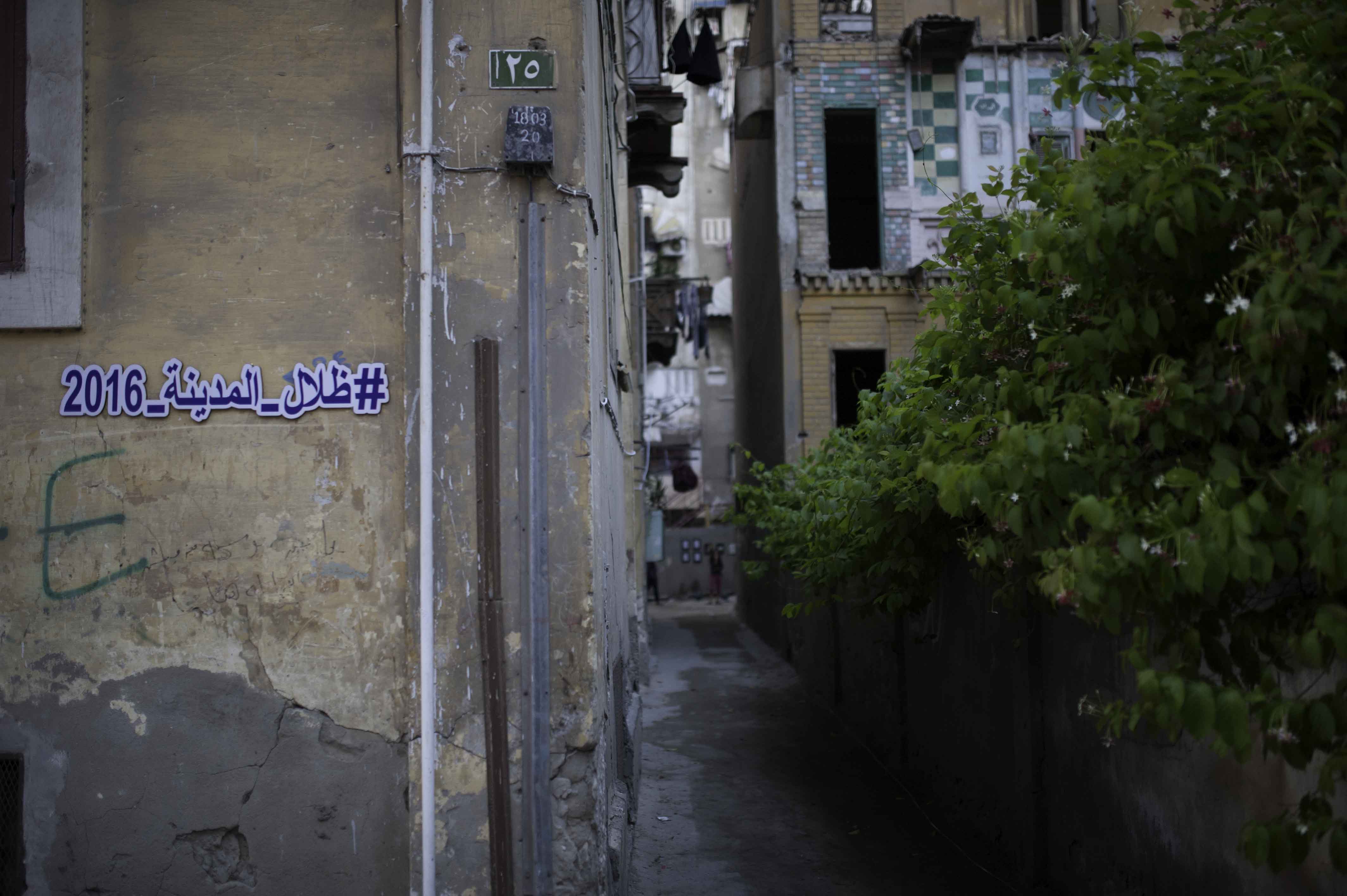
The exclusivity of the art scene in Egypt marginalizes the majority of the population from being an art audience and centralization of the arts deprives amateurs and emerging artists outside the capital from exposure and skills development opportunities. The initiative’s role is to take art beyond decentralized channels and nurture creative expression and production of art as a visible and accessible part of our everyday life.
Together with Mahatat as the producer and Rana El Nemr as the artistic consultant, visual artist Nadia Mounier and musicians Nancy Mounir and Omar Mostafa curated the two-day event. Port said was selected as a case study to assess the theories, practices and innovative ideas put forth during the research phase. This step is aimed at supporting the creation of a DIY toolkit where tools for renovating abandoned spaces through art would be provided.
During the location-scouting phase, an abandoned open space tucked away behind two abandoned buildings was chosen as the site. This included Villa Fernand on Abdel Salam Aref street and is among Port Said’s neglected cultural heritage. The building behind Villa Fernand used to stand as a uniquely designed, colorful building that is now in the process of demolition. As audiences entered the space, they were met with the past (Villa Fernand), passed through the present (with the half-demolished building on their right) and saw potential for the future at the end of the street (the event space).
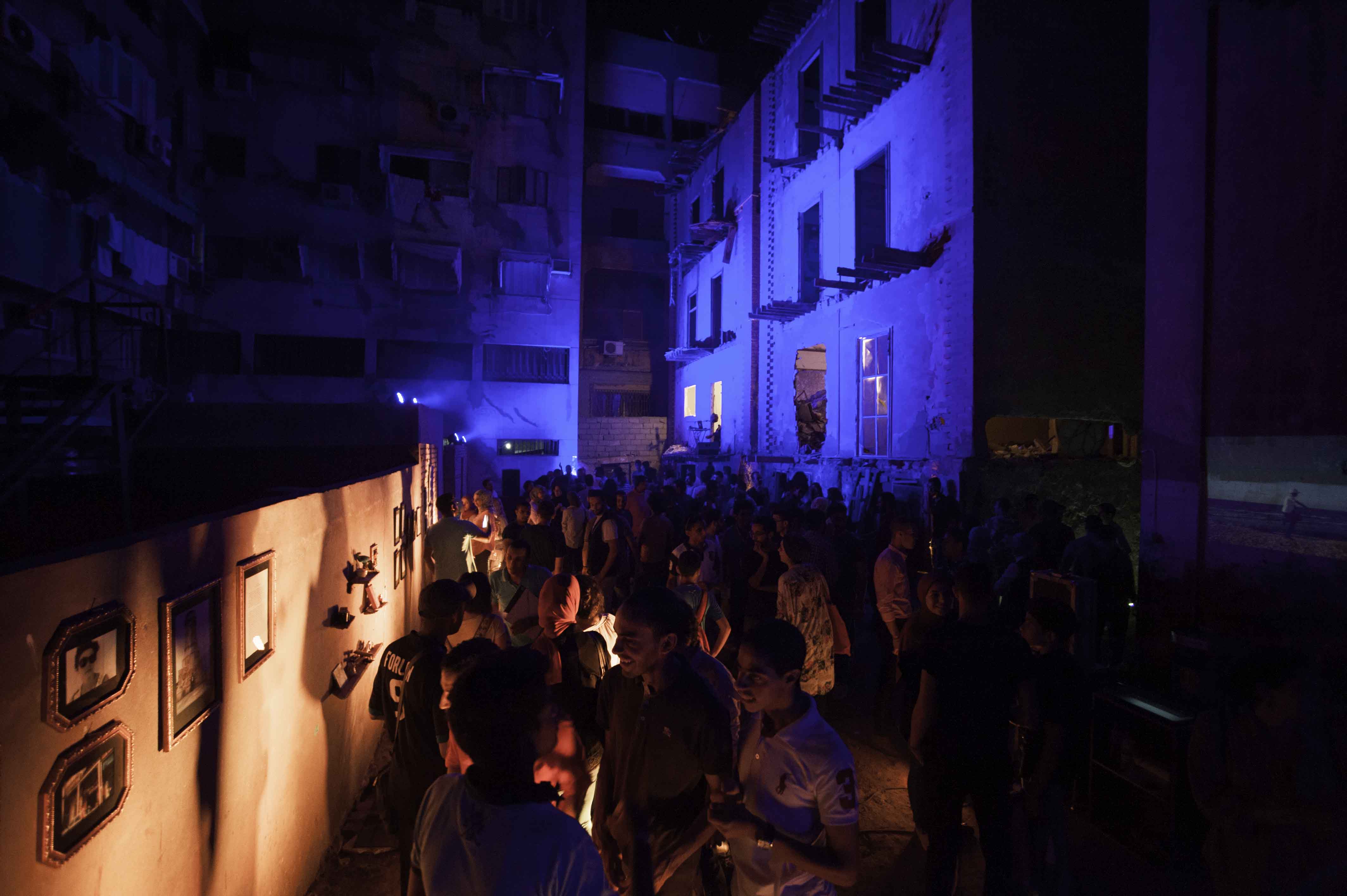
As a way to engage audiences with the City Shadows event and around the issue of neglected spaces, a campaign was launched on social media channels prior to the event asking people to send photos of abandoned spaces in their city using the hashtag #cityshadows2016, in order to gather them for an upcoming blog by Mahatat on abandoned spaces revival.
In preparation for the event, the artists and research team were able to discover archives that led to the creation of an exhibition composed partly by popular culture, partly by history and partly by imagination. It embodied the diverse nature of the city’s people, simultaneously incorporating Port Said’s citizens and its visitors. The event allowed Port Said to be revealed through the use of sound archives, photography and music, presenting stories that were often heard but rarely documented in the city. This exhibition revolves around Port Said’s popular culture and how the citizens are entangled in their city’s heritage and history.
While the state requires an official written history, a people’s history composed of stories and human experiences is also needed. The event was attended by over 300 people in Port Said that either heard about the event through Facebook, coincidently passing by or due to the extensive grassroots outreach through Mahatat’s volunteers. Port Said Ala Adeemo, one of Mahatat’s main partners for the event and a nonprofit organization with the mission of preserving the city’s culture and heritage, also helped with the outreach. As a lead-up to the event, Port Said designed a special tour around the city to take people around significant cultural and historical places including those that have been abandoned. By foot and bike, the tour would conclude by taking visitors to the event and explaining Villa Fernand.
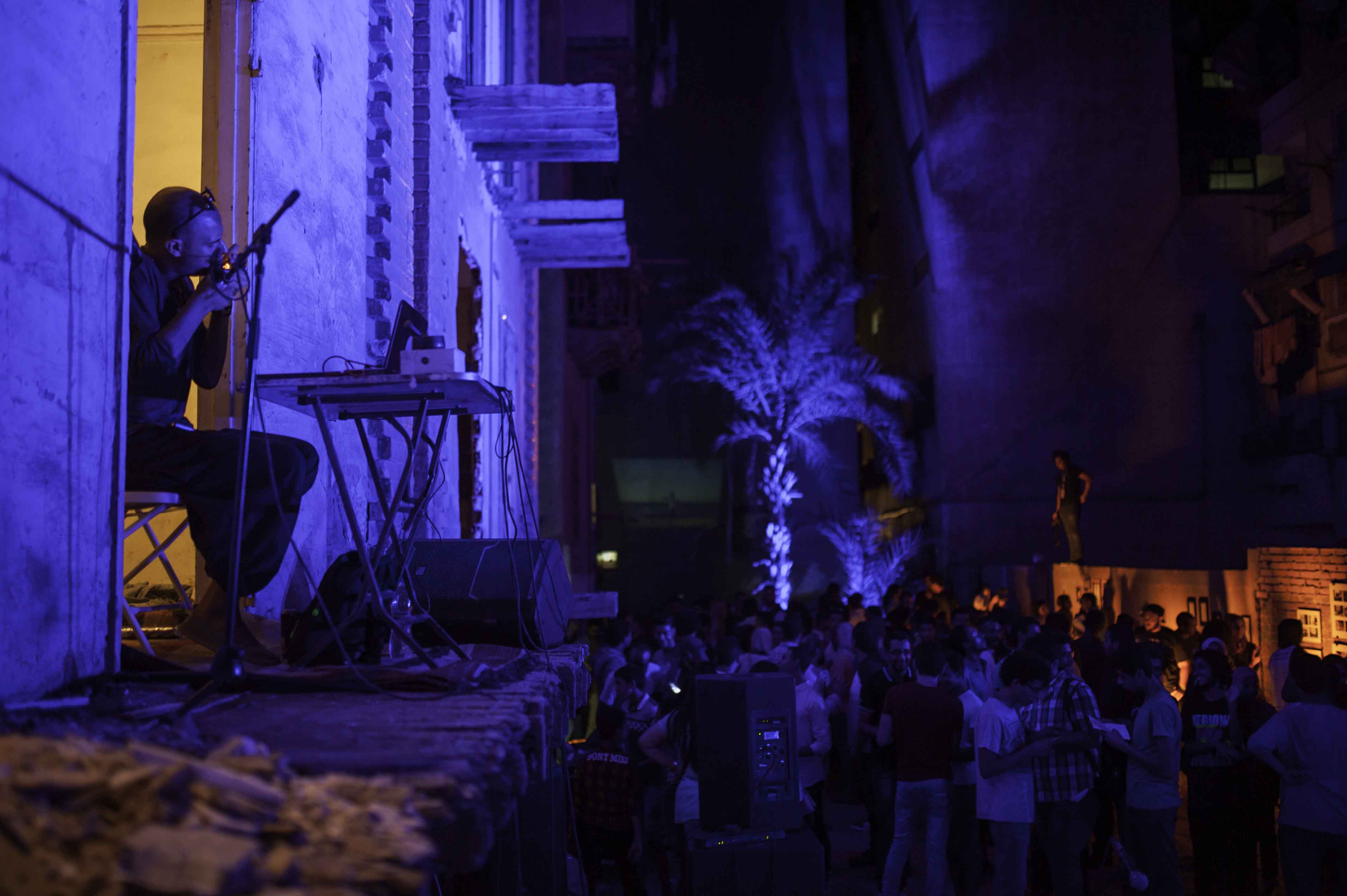
Most audiences revealed that they did not know this place even existed before this event. “It made me appreciate and see the city in more depth” and “you made me regain the faith that the city is still beautiful” were amongst the comments heard from audiences. The beautiful lights and music lured many coming in from the streets. Upon entering, participants would view the exhibition of photos and objects gathered from Port Said that were both old and contemporary. The visual arts display continued with a video of an old man and young boy dancing the traditional Port Said ‘semsemia’ dance with the seas as their backdrop and this worked particularly well with the experimental live music composition by Nancy Mounir and Omar Mostafa. Small details were also added as participants were able to freely roam and discover the area for themselves, included creative and resourceful paper craft by artist Nervan Talha.
On the final night, young artists from Port Said brought along their instruments in hopes that they would play with the musicians at the show. As they started the performance, the team behind the event was hoping this could be a sign for more inspiration to come in spaces and places across the city.
In the publication that will be printed and published in August 2016 alongside a free online version, readers will be presented with a learning guide with similar initiatives from the Middle East and Europe as well as results from the City Shadows event.
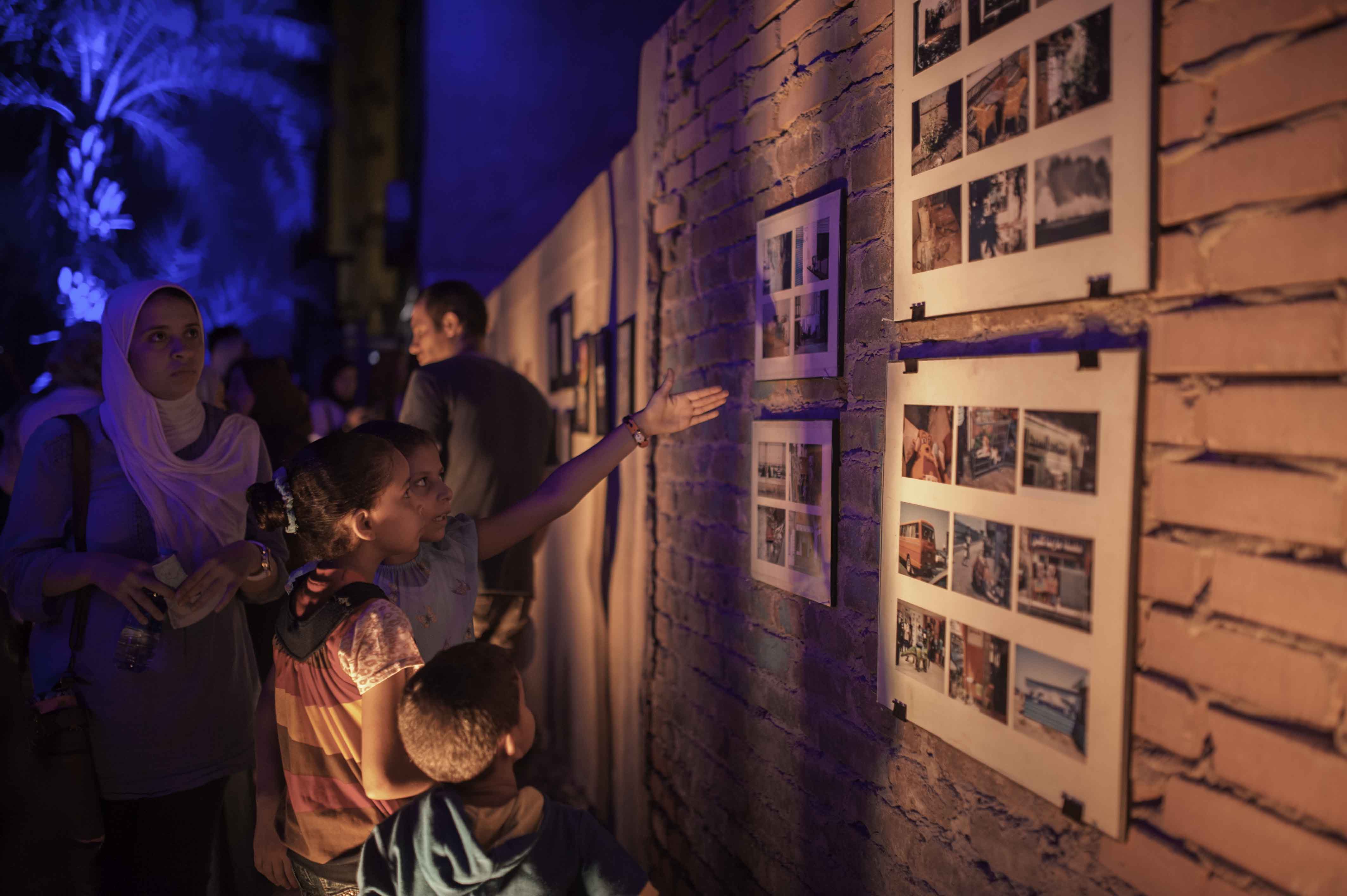



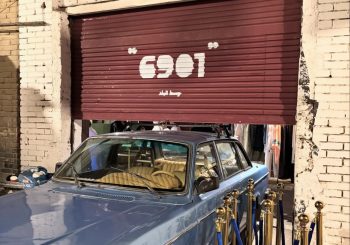
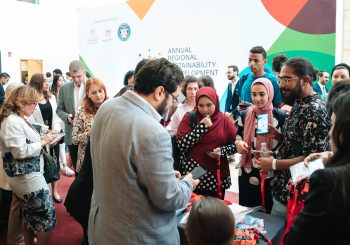
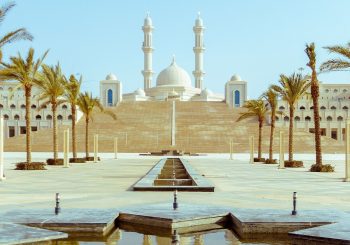
Comments (0)